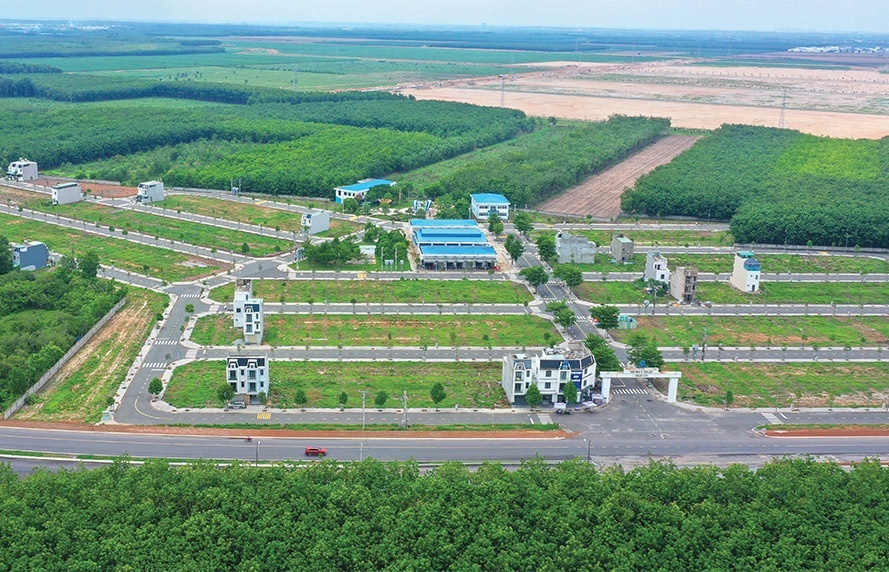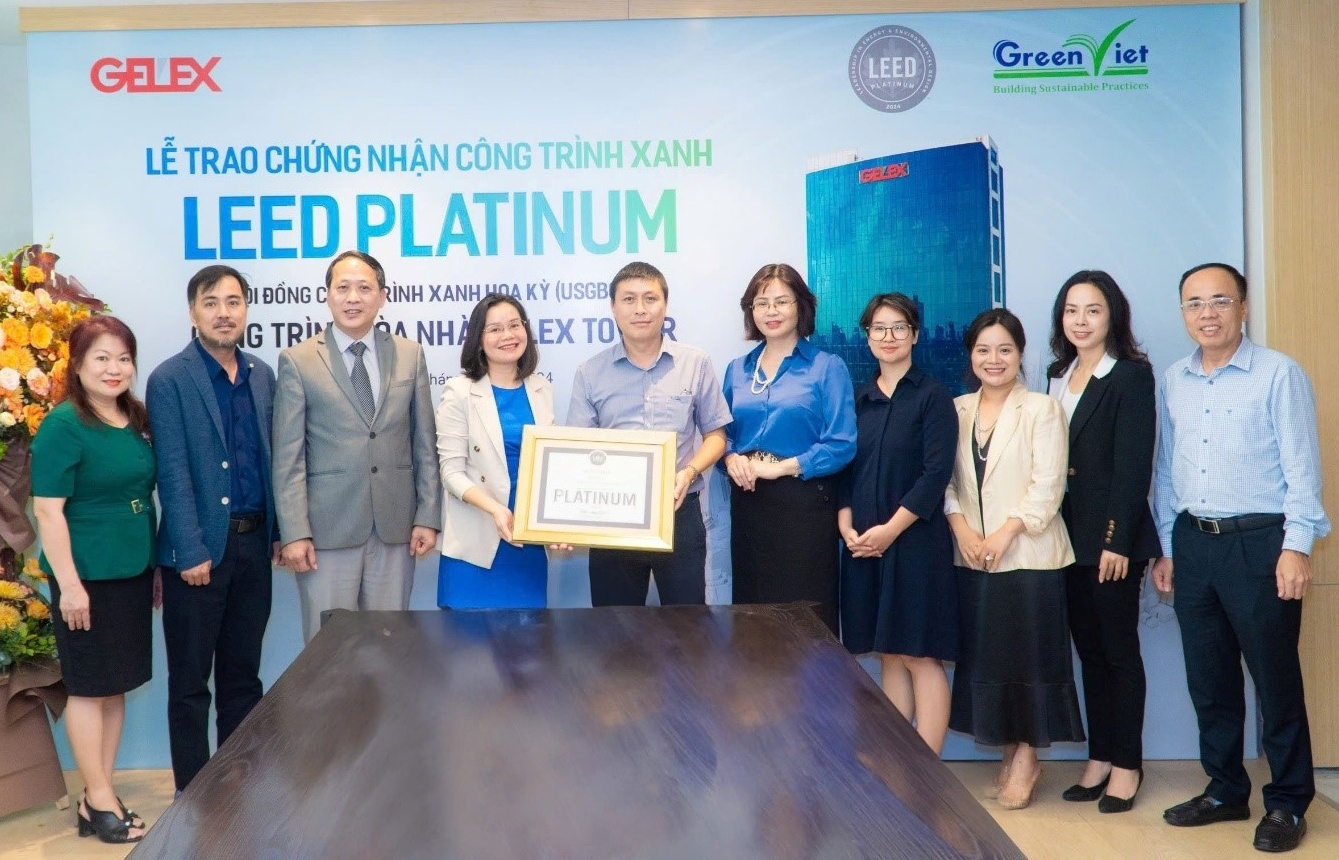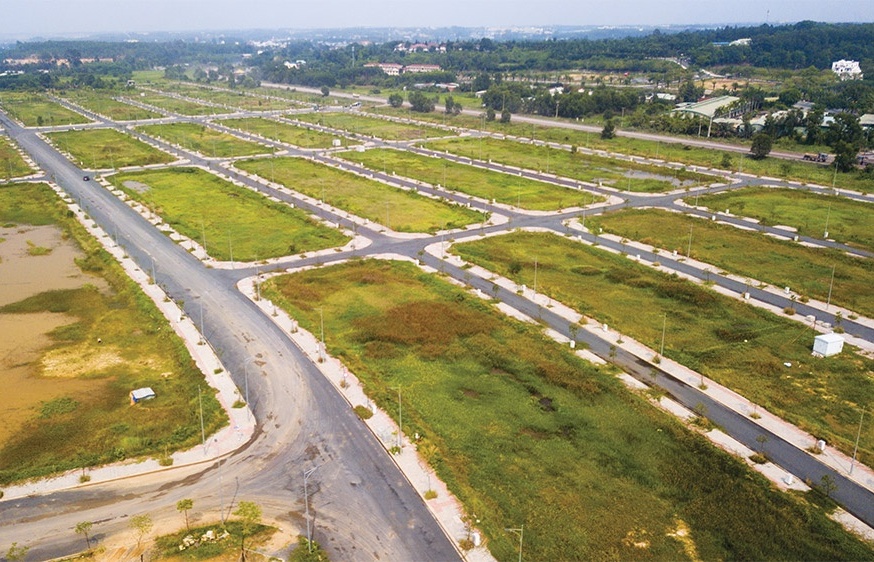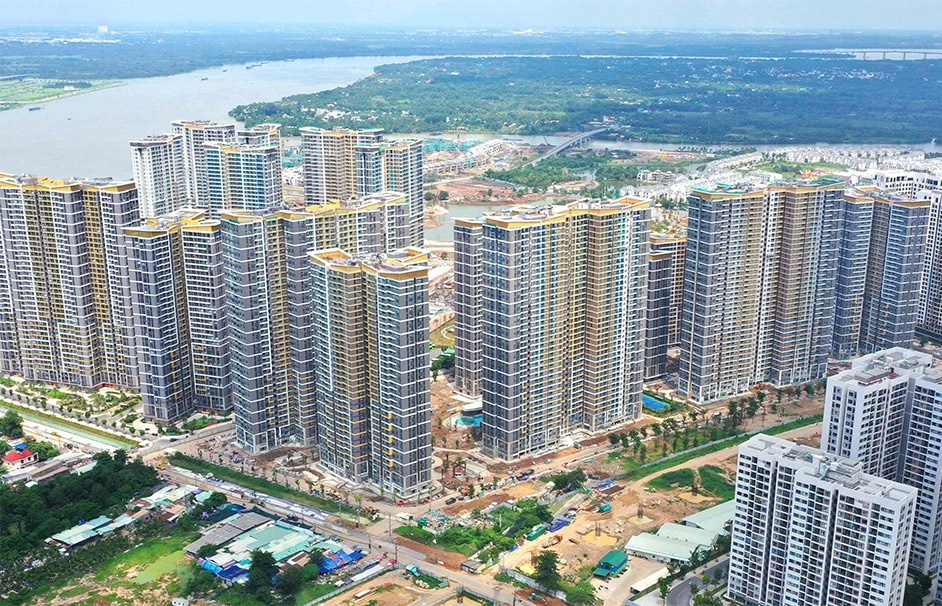Housing relief in sight
Some 4,000 units located at resettlement and social housing areas across Hanoi have been constructed mostly by state-owned companies.
The largest social residential project for low-income earners is the 1,512 unit development, which started construction last week in Ha Dong district’s Kien Hung ward by Vinaconex Xuan Mai Concrete JSC and Construction JSC No.21. The apartments will be sold at $421 per square metre.
Vigracera Corporation last week also kicked-off construction of 124 social residential units in Dai Mo commune, Tu Liem district. The project is also expected to be completed in 18 months.
Housing and Urban Development Group (HUD) will construct 10,000 units at the Thanh Lam, Dai Thinh II new urban area in Me Linh district in October, whilst Vinaconex will start building about 10,000 units in November at the North An Khanh new urban area in Hoai Duc district.
Vinaconex also will kick off a social housing project at Kim Chung commune, Dong Anh district in the near future.
Handico and Viglacera also started constructing social housing projects with 2,000 units at Sai Dong new urban area in Long Bien district and Dang Xa new urban area in Gia Lam district last month.
Dang Hoang Huy, chairman of Vinaconex Xuan Mai, said: “Social housing projects will explode in the next two years not only in Hanoi but other provinces due to the government’s efforts to solve developers’ difficulties in seeking land fund and investment capital.”
Huy said the Ministry of Construction (MoC), Hanoi People’s Committee and other relevant authorities were actively clearing ground for constructing social housing and calling for the help of banks such as Vietnam Investment and Development Bank to offer low interest loans to developers and home-buyers.
In addition, according to three decrees on investment incentives for social housing developers issued by the government in the middle of 2009, a company developing houses for low-income earners will enjoy no land use and leasing tax, low tax income and be sponsored by the government to have 10 per cent of profits in constructing and selling social residential units in any case.
To further reduce costs, housing projects targeting low-income earners would be allowed to increase construction density and the land use coefficient by 1.5 times in comparison to projects to build houses for commercial purpose.
“If site clearance progress is completed, accompanied with reasonable incentives, hundreds of real estate companies in Vietnam will register to develop social housing projects,” said Huy.
Nguyen Tran Nam, deputy MoC minister, said: “It takes a long time to make all of the social housing decrees become reality. However, they will ease the dearth of accommodation for low-income earners in Hanoi.”
Nam said as social housing owners could only sell properties after 10 years of living, there would be no short-term investors purchasing social residential units, pushing speculators out of this segment.
What the stars mean:
★ Poor ★ ★ Promising ★★★ Good ★★★★ Very good ★★★★★ Exceptional
Latest News
More News
- Trump's trade policies could shape Vietnam's economic outlook: Dragon Capital (November 15, 2024 | 16:56)
- The One Destination partners with Singapore investor and institutional fund to build ESG real estate complex (November 11, 2024 | 10:32)
- Stabilising measures must sit alongside land price hikes (November 07, 2024 | 09:56)
- CapitaLand Development records strong bookings for Orchard Hill (November 07, 2024 | 08:19)
- Public transport and real estate: The rise of Transit Oriented Development (November 05, 2024 | 15:06)
- Funding flows to second-tier localities (November 03, 2024 | 15:24)
- Hanoi has long road to travel in becoming a smart city (November 03, 2024 | 15:00)
- Nam Long Group hands over keys to Akari City Phase 2 (October 30, 2024 | 18:29)
- KTG Industrial expands industrial footprint at Taitronics 2024 (October 29, 2024 | 14:46)
- Deal signed for sustainable development at Prodezi Eco-Industrial Park (October 26, 2024 | 10:02)
















 Mobile Version
Mobile Version